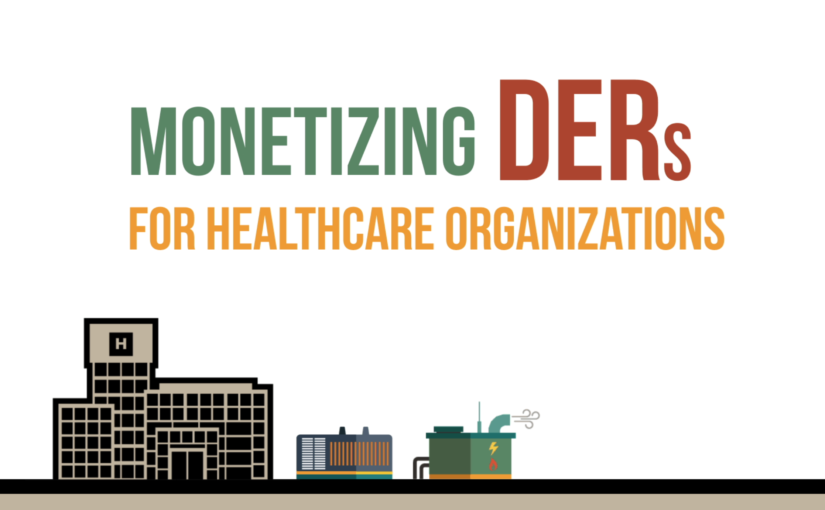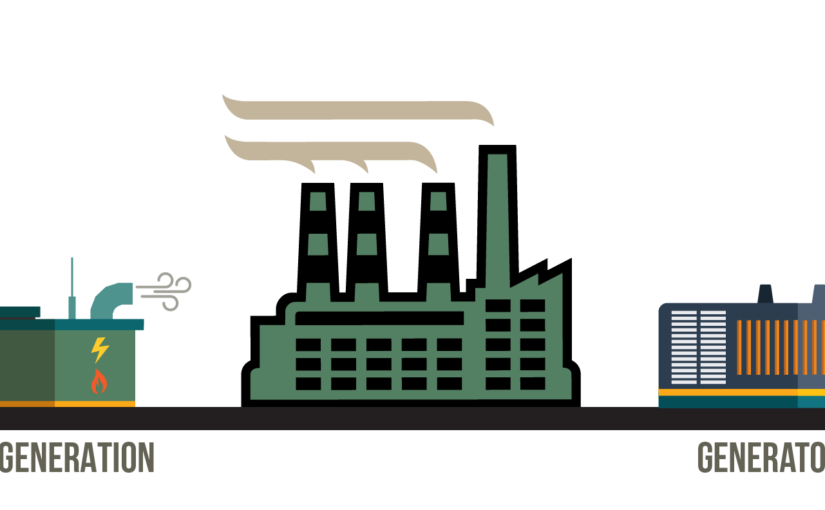24-7 Dispatch
DER Monetization for Healthcare
DER Monetization for Government facilities
DER Monetization for Education
Automation and Link
LS Power to Acquire CPower Energy Management
Now What? California Demand Response in a Post-Fossil Fuels World
The clock has started ticking down on backup generators in California’s demand response programs. On January 1, 2019, the California Public Utilities Commission’s Demand Response Prohibited Resources decision officially takes effect. The decision (officially Decision 16-09-056) mandates that fossil-fueled resources can no longer be used to provide demand response.
The decision doesn’t remove fossil fuel generators from use for backup or for facility power generation, just from demand response (DR). It’s clear, though, that they face near-certain elimination from the California power landscape in the near future. The historic green energy bill signed by Gov. Jerry Brown on September 10th, 2018, specifically requires that 50 percent of California’s electricity be powered by renewable resources by 2026—seven short years away.
Needless to say, this has some profound implications for the future of distributed energy resources (DERs) and DR in the nation’s most populous state (and the world’s fifth largest economy). California’s “bold path” toward 100 percent zero-carbon electricity by 2045 will take it through uncharted territory potentially full of threats to the reliability of its far-flung electrical grid and the costs of the electricity it provides.
Demand response in California, as elsewhere in the country, has been a valuable tool in managing demand-side energy use, protecting the grid, and funding progressive sustainability initiatives. Generators have been a valuable part of DR, providing additional opportunities to save and earn as part of their commitment to a balanced California grid. But California has long been strict on the use of non-emergency generation for demand response, and the green energy bill tightens restrictions to an outright ban.
With fossil-fuel generators permanently pulled from DR participation in California, then, the question facing participants is, “Now what?” There are no easy answers—in a constantly evolving energy universe like California’s, there never are. That said, CPower recommends a couple of steps you can take to ease your transition into a post-fossil fuel world and continue to save and earn.
No Generators? No Problem.
The 2015 court ruling that vacated the EPA’s rule—referred to in the industry as “the Vacatur”—took effect in 2016 and upended DR participation. Hundreds of fossil-fuel backup generators were withdrawn from DR programs in most of the nation’s wholesale energy markets
One water agency, though, found they could still successfully participate in DR without their generators. Virginia’s Lake Gaston Water Supply Pipeline supplies water to Virginia Beach, the state’s most populous city. The Vacatur forced them to withdraw their diesel-powered generators from their DR program. Without the generator to sustain pumping during curtailment as part of DR, they faced the prospect of not being able to curtail the required power during an event, which meant pulling out of DR completely.
Working with CPower, Lake Gaston’s curtailment service provider since 2010, managers were able to research new methods of DR participation without generators. These measures included a full pump shutdown, something they weren’t sure they could do successfully. After a thorough analysis and review of their operations with CPower, it turned out that they could. Read the full story here.
Back to Basics
Before you mourn kilowatts lost, take a moment and consider if there are kilowatts to be found to replace them. Start by asking yourself, “What’s changed since I received my first demand response check?” The answer might be, “Everything,” or something close to it.
How have your day-to-day operations changed in response to changing market conditions? What upgrades have you made to your lighting, HVAC, IT, security, and communications? Is your physical space smaller or bigger? Have you added locations? What’s the state of your building envelope? Is it sufficiently insulated? Has on-site staffing grown or declined?
These are questions to be answered when you have a knowledgeable energy engineer, like those at CPower, conduct a thorough assessment of your facility. Your new “deep dive” assessment forms the foundation for creating a new curtailment action plan, one that matches your available kilowatts to available demand response and demand-side energy management programs. Chances are you’ll find new kilowatts to replace those lost from removed generators, and possibly more.
Dollars for DERs
Now is the perfect time to think beyond the generator and embrace other dispatchable distributed energy resources, or DERs, for your backup power. Behind-the-meter technology like storage batteries—charged by renewable but intermittent resources like sun and wind as well as grid energy—can be enrolled by CPower in California’s demand response programs (Capacity Bidding Program, Base Interruptible Program, and Demand Response Auction Mechanism aka DRAM) as available generation to help when the grid is stressed. You can combine your DER asset with demand response programs to offset kWs lost from generators.
For example: California State University, Dominguez Hills is one of the most sustainability-focused campuses in the state system. In 2017, CSUDH joined with CPower and Stem, provider of the school’s 1 MW intelligent storage system, to create a combined curtailment and storage program. By stacking these technologies, CSUDH significantly reduced their environmental footprint, provided approximately 400 kW of grid relief, and generated revenue that flows back to the school to fund further sustainability initiatives. For their efforts, CSU was also recognized with the 2018 Smart Energy Decisions Innovation Award for Customer Project/Onsite Renewable Energy.
What’s Next?
As California moves toward 100% zero-carbon energy, it’s safe to say that fossil-fuel generation, on both the micro and macro level, will continue to be phased out. Demand response, however, will continue to have an important role in California’s energy re-imagining. Demand response continues to fulfill its primary role, protecting the grid of the world’s fifth largest economy. Look for thought leaders and decision makers to find new and better ways to integrate renewables and dispatchable renewable energy resources into statewide demand-side energy management programs. And look for CPower to continue to advocate on behalf of our customers to ensure their ability to save and earn while protecting the grid.







